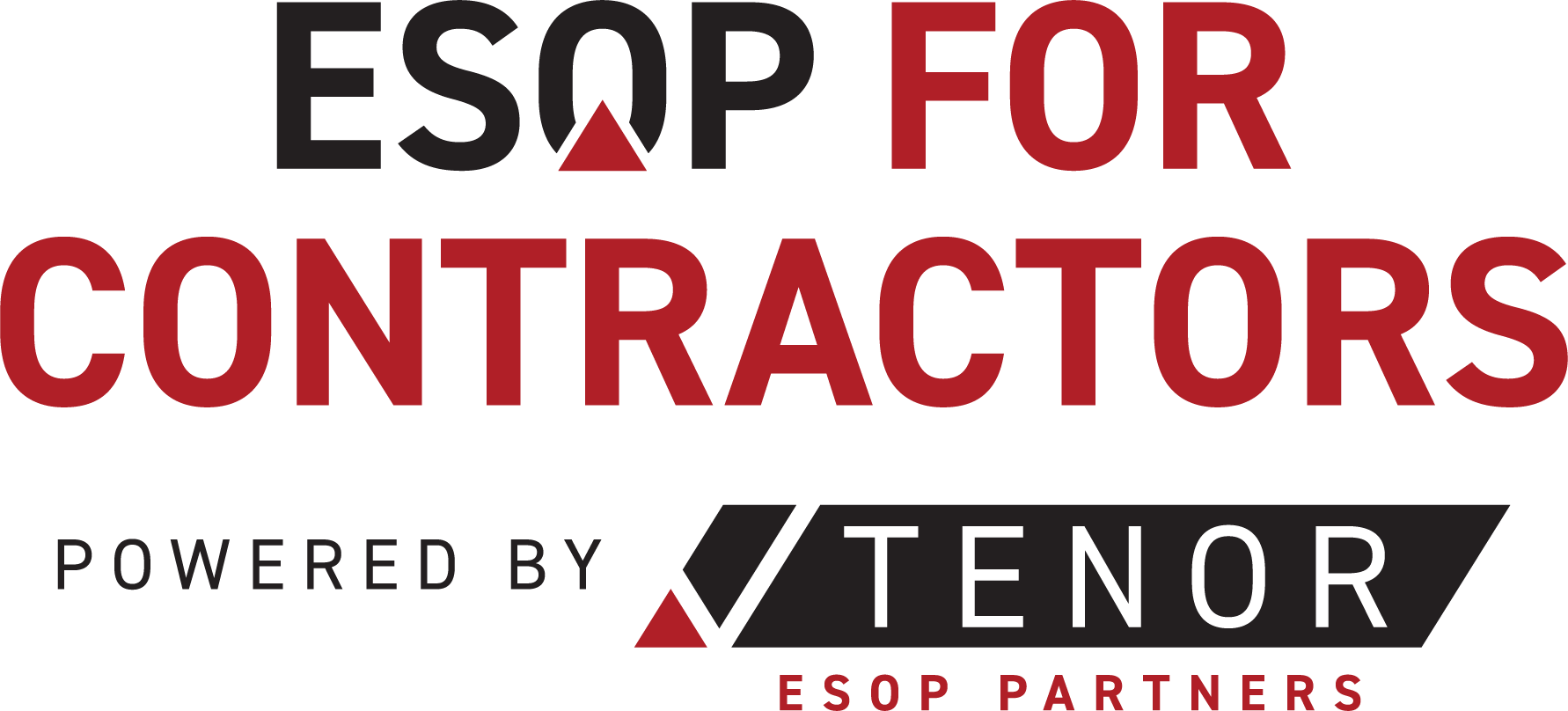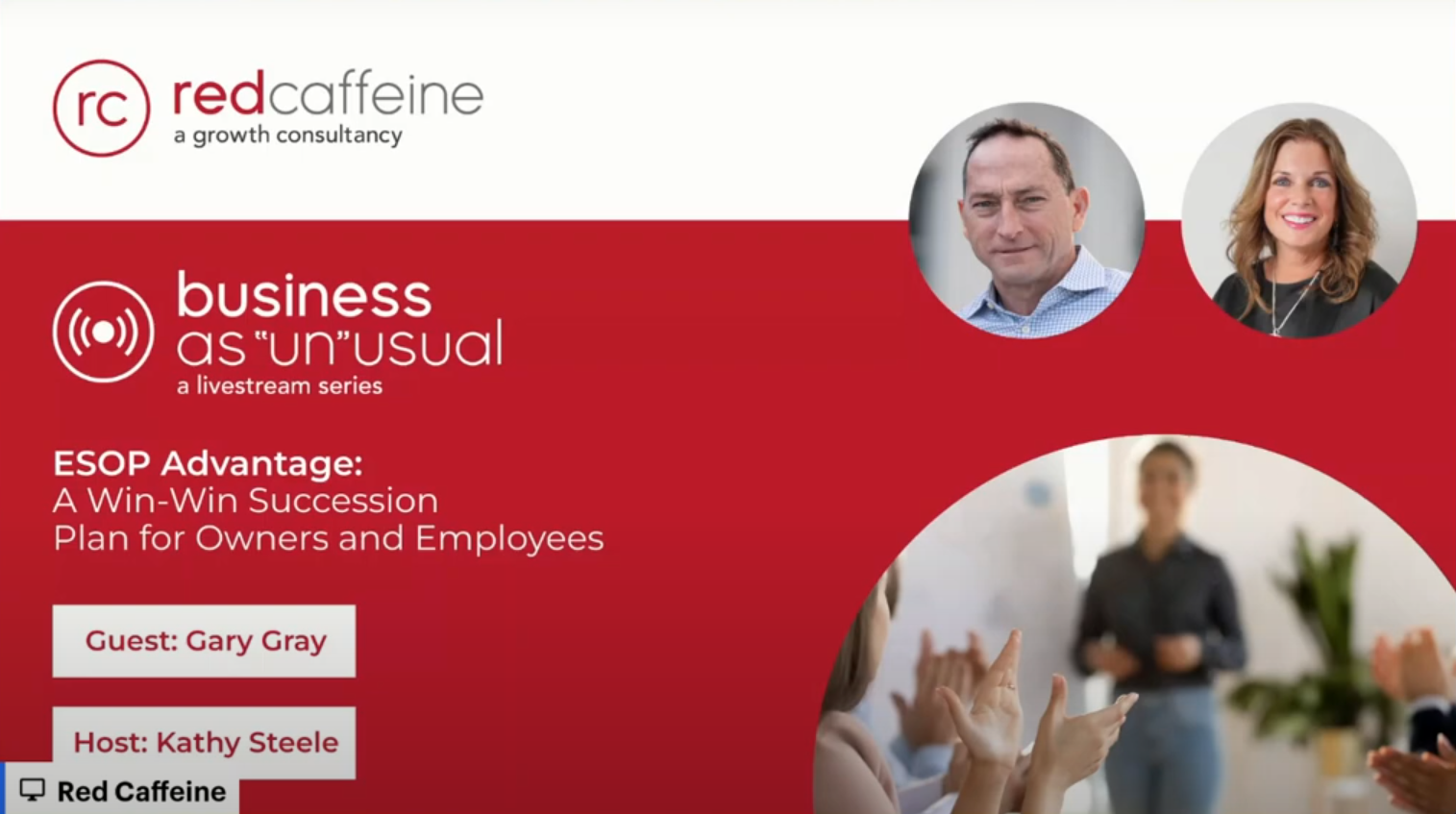Why Contractor Businesses Are Struggling with Succession Planning
Last Updated: 12/20/2024
Written by: Gary Gray
The Hard Truth About Contractor Succession
Like many contractors, you've spent decades building relationships with your bonding company, establishing trust with clients, and developing a team that understands your standards. But transitioning your business to new ownership? That's proving to be one of the biggest challenges facing contractor businesses today.
Why Traditional Approaches Are Falling Short
The contracting industry faces unique succession challenges that standard business transition approaches simply don't address. The complexity goes far beyond just finding someone to take over – it's about preserving the delicate ecosystem you've built.
The Bonding Relationship Challenge
Your relationship with your bonding company is the lifeline of your business. Traditional succession plans often overlook how ownership changes affect bonding capacity. A transition that doesn't carefully consider this relationship can suddenly restrict your ability to bid on major projects – the very projects that make your business valuable.
The Client Trust Factor
Your clients don't just hire your company – they hire your reputation for delivering quality work on schedule. A poorly planned succession can shake this confidence. When clients sense uncertainty about a contractor's future leadership, they often start exploring other options, even after years of loyal partnership.
The Employee Exodus Risk
Perhaps the biggest blind spot in traditional succession planning is employee retention. When key project managers, estimators, and superintendents sense uncertainty about the company's future, they start looking elsewhere. This talent drain can cripple a contracting business precisely when stability matters most.
Why Time Isn't on Your Side
Many contractors assume they have plenty of time to figure out succession. After all, you're busy managing projects, bidding work, and handling day-to-day operations. But waiting too long can force you into suboptimal choices.
The Hidden Costs of Delayed Planning
The Tax Trap
Without adequate planning time, you might miss opportunities to structure your transition in the most tax-efficient way. The complexity of contractor business ownership means that rushed decisions often come with significant and unnecessary tax burdens.
The Value Erosion
Your company's value isn't just about your current contracts and equipment. It's about your team's ability to win and execute future work. When succession planning starts too late, this capability often begins to erode, directly impacting your business's value.
Warning Signs Your Succession Strategy Needs Attention
Your key employees aren't clear about the company's future direction. Watch for increased turnover among your most valuable team members – it often signals underlying succession concerns.
Your bonding company starts asking more questions about long-term plans. They're looking for assurance that your transition strategy will maintain the company's financial strength.
You find yourself avoiding conversations about retirement or transition because the path forward isn't clear. This hesitation often signals that your current succession strategy needs work.
Building a Better Approach
Successful contractor succession planning requires a different approach today. It needs to:
- Protect and enhance your bonding capacity throughout the transition
- Maintain client confidence in your company's long-term stability
- Give key employees reasons to stay and contribute to the company's future success
- Create tax-efficient transfer of ownership that works for all parties
Taking Action: Your Next Steps
Start by asking yourself these essential questions:
- Could your business operate smoothly if you stepped away tomorrow?
- Do you have a clear understanding of what makes your company valuable beyond just equipment and backlog?
- Have you identified and prepared the next generation of leadership?
The Next Steps
While traditional succession approaches may be failing, new solutions are emerging that address contractors' unique challenges. The key is starting early and understanding all your options before time pressures force suboptimal choices.
Connect with our team to learn how forward-thinking contractors are protecting their legacy while maximizing their company's value.
How to get started
Getting started with an Employee Stock Ownership Plan (ESOP) can transform your contracting business, unlocking potential for growth and ensuring lasting value for everyone involved. At ESOP for Contractors, we understand the intricacies of the process, from assessing your company's current status to designing a tailored ESOP that aligns with your goals. Our leadership team knows firsthand how to create winning strategies that benefit both owners and team members alike. If you're curious about how an ESOP could enhance your business's future, we invite you to reach out for a free consultation. Let’s explore how we can help you achieve sustainable success together!
Your Point Of Contact

Gary Gray
ESOP for Contractors was founded by Gary Gray, an experienced ESOP CEO who has firsthand experience in navigating the post-transaction landscape, maximizing the value of an Employee Ownership Culture and ultimately achieving nearly 3x growth in five years following the ESOP transaction. At ESOP for Contractors, we have helped owners craft the perfect kickoff message to announce the new business structure, facilitated the formation of effective boards with independent directors, provided the quick resource to answering the tactical questions that quickly emerge in the new ESOP environment and successfully executed succession plans on the selling shareholders' timeline.
Book a Free Consultation
Interested in a free consultation for your contracting business? Send us a message - We’re here to help.
Thank you for contacting us! We’ve received your message and will get back to you as soon as possible. If you need immediate assistance please call us at 404-849-0244.
Please try again later
ESOP FAQ's
What is an ESOP?
An ESOP is a qualified retire plan that invests solely in the stock of the sponsoring company. Over time, employees accumulate shares, which they can cash out upon retirement, departure, or under other circumstances defined by the plan.
How does an ESOP work?
- Formation of the ESOP Trust: A company sets up an ESOP trust, which will purchase the shares on behalf of employees. The company typically funds this trust through future earnings.
- Financing the ESOP: The ESOP trust can buy shares solely through future earnings or by borrowing money. The company then repays the loan, with tax-deductible contributions, over time.
- Allocation to Employees: Shares in the ESOP trust are allocated to individual employee accounts, based on total employee compensation.
- Vesting Schedule: Employees earn the right to the shares over a vesting period, which can range from three to six years or more, incentivizing them to stay with the company.
- Exit and Distribution: When employees leave the company, retire, or otherwise separate, the company buys their shares back at fair market value, providing them with a significant retirement benefit.
Why should I consider an ESOP for my business?
- Succession Planning: ESOPs provide an orderly and flexible exit strategy for business owners who want to retire without selling to outside buyers.
- Tax Advantages: ESOPs offer substantial tax benefits. Contributions used to repay the ESOP loan are tax-deductible, and owners selling to an ESOP in a C corporation can defer capital gains taxes under certain conditions. An S-Corp ESOP structure offers substantial tax advantages, including the ability to eliminate or greatly reduce federal income taxes, make deductible contributions to the ESOP, and potentially defer capital gains tax on stock sales through certain strategies.
- Employee Motivation and Retention: ESOPs can boost employee morale, productivity, and loyalty because employees have a direct stake in the company’s success.
- Preservation of Company Culture: Selling to an ESOP ensures that the business remains in the hands of those who understand and value its culture, which is often a key concern for founders.
- Access to Financing: ESOP-owned companies may have better access to financing due to tax advantages, which improve cash flow and make loan repayment more manageable.
What's the role of consultants for an ESOP?
Determining if an ESOP is a Good Fit
- Initial Feasibility Analysis: Consultants will conduct a feasibility study to determine if an ESOP is viable for the business. This includes reviewing the company's financial health, valuation, and assessing the impact on cash flow.
- Understanding Objectives: Consultants work closely with business owners to understand their goals, whether they are focused on succession planning, employee engagement, or tax efficiency.
- Employee and Cultural Fit Assessment: Consultants evaluate if the company's culture and employee base are well-suited for an ESOP. Employee education and buy-in are critical for ESOP success.
Setting Up the ESOP
- Structuring the ESOP: Consultants help design the ESOP structure, including defining eligibility, vesting schedules, and financing methods.
- Valuation and Financing: Consultants coordinate the valuation of the company’s stock and arrange financing options if the ESOP requires external funding, such as bank loans or seller financing.
- Legal and Compliance Guidance: Setting up an ESOP involves navigating complex legal landscapes. Consultants work with legal advisors to draft the ESOP plan documents and ensure compliance with regulations.
- Communication and Employee Education: Consultants help communicate the ESOP to employees, explaining how it works and the benefits, fostering a sense of ownership and engagement.
- Ongoing Management and Monitoring: After the ESOP is established, consultants can assist with ongoing administration, including annual valuations, compliance checks, and managing the repurchase obligation.















